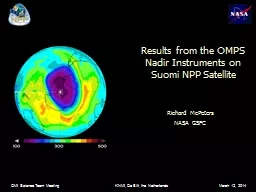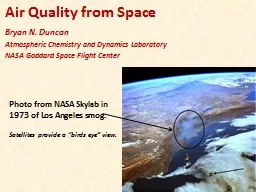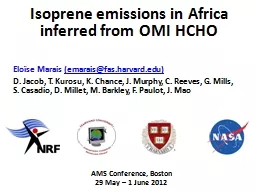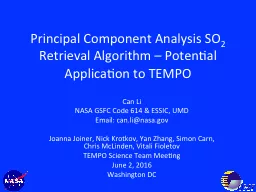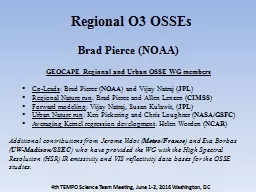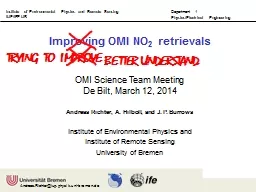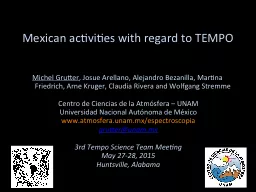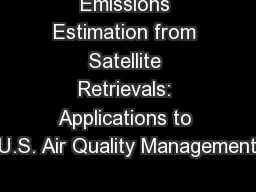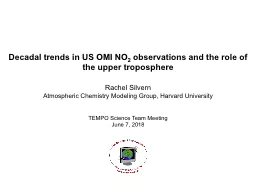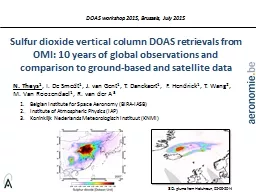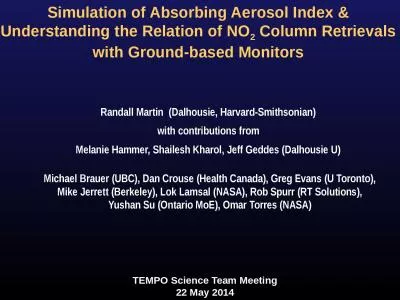PPT-OMI Science Team Meeting KNMI, De
Author : alida-meadow | Published Date : 2016-11-23
Bilt the Netherlands March 12 2014 Results from the OMPS Nadir Instruments on Suomi NPP Satellite Richard McPeters NASA GSFC OMPS Sensor Views NM OMPS Sensor
Presentation Embed Code
Download Presentation
Download Presentation The PPT/PDF document "OMI Science Team Meeting KNMI, De" is the property of its rightful owner. Permission is granted to download and print the materials on this website for personal, non-commercial use only, and to display it on your personal computer provided you do not modify the materials and that you retain all copyright notices contained in the materials. By downloading content from our website, you accept the terms of this agreement.
OMI Science Team Meeting KNMI, De: Transcript
Download Rules Of Document
"OMI Science Team Meeting KNMI, De"The content belongs to its owner. You may download and print it for personal use, without modification, and keep all copyright notices. By downloading, you agree to these terms.
Related Documents

